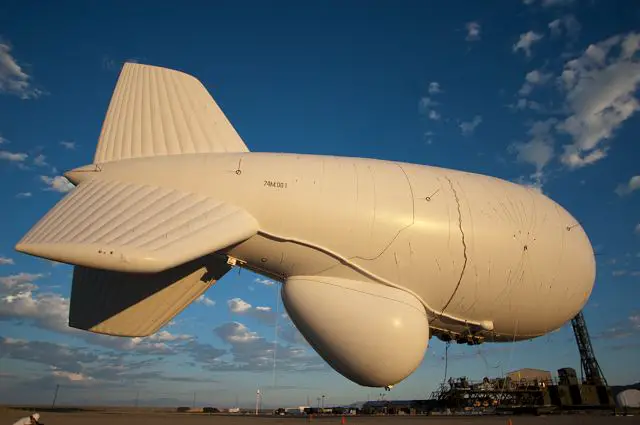Breaking news
U.S. Army has completed tests JLENS aerostat anti-missile system in real combat scenarios 3007134.
| a | |||
Defence & Security Industry News - Raytheon |
|||
| Tuesday, July 30, 2013 11:23 AM | |||
| U.S. Army has completed tests of the JLENS aerostat anti-missile system in real combat scenarios. | |||
The
U.S. Army completed Early User Testing (EUT) of the Raytheon Company (NYSE:
RTN) developed JLENS. During the six-week-long EUT, soldiers tested JLENS'
ability to operate in a number of complex scenarios that replicated an
operational environment. The soldiers also tested JLENS' endurance by
operating the system continually for 20 days. |
|||
 JLENS, an affordable elevated, persistent over-the-horizon sensor system uses a powerful integrated radar system to detect, track and target a variety of threats. |
|||
| "Completing EUT proved both the maturity of JLENS and that our soldiers are ready to employ this system wherever and whenever their nation needs them," said Dean Barten, the U.S. Army's JLENS product manager. "With EUT under our belts we are well on our way to deploying the system to Aberdeen Proving Ground for an operational evaluation, and ultimately, putting JLENS in the hands of the warfighter." An affordable, elevated, persistent over-the-horizon sensor system, JLENS uses a powerful integrated radar system mounted on two aerostats to detect, track and target a variety of threats. This capability better enables commanders to defend against threats, including hostile cruise missiles; low-flying manned and unmanned aircraft; and moving surface vehicles such as boats, mobile missile launchers, automobiles, trucks and tanks. JLENS also provides ascent phase detection of tactical ballistic missiles and large-caliber rockets. "Completing EUT is the latest in a string of JLENS achievements that include detecting a ballistic-missile surrogate and enabling the intercept of cruise missile targets with the Patriot and Standard Missile 6," said Dave Gulla, vice president of Global Integrated Sensors for Raytheon's Integrated Defense Systems business. "JLENS is essential to the national security because it provides a proven capability against threats that no other system in the world offers." About
JLENS -
One aerostat carries a 360-degree surveillance radar, while the other
carries a fire-control radar. |
|||



















